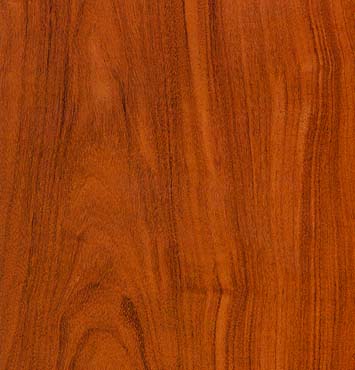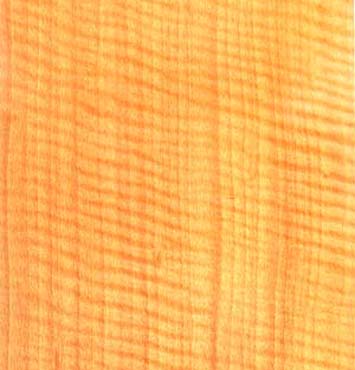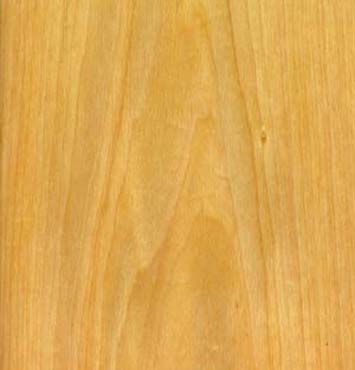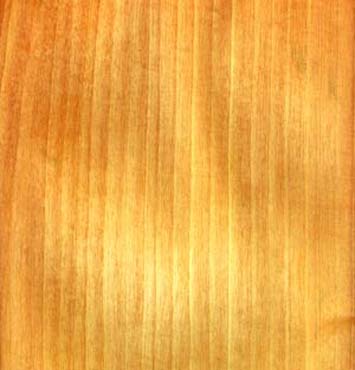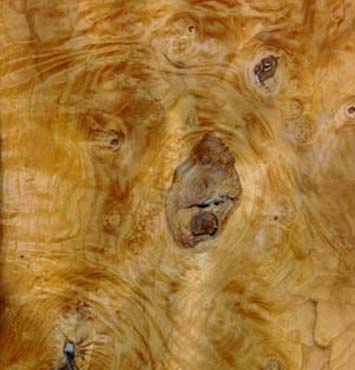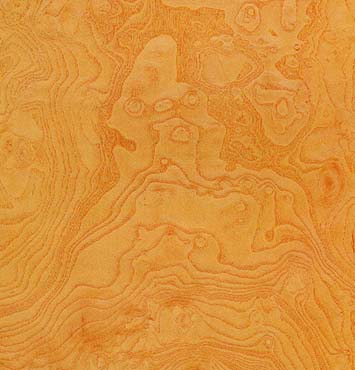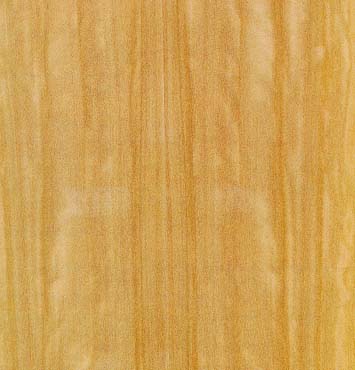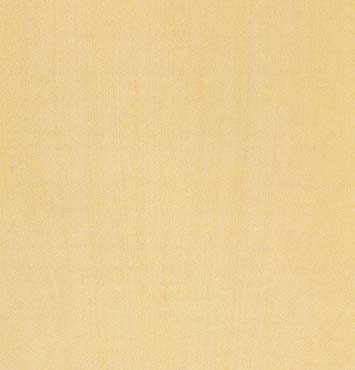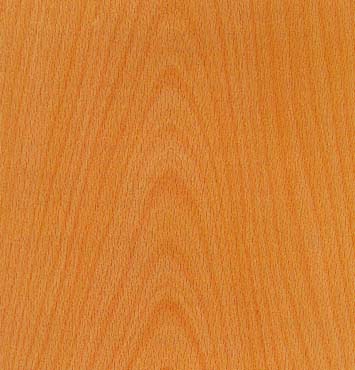Wood Veneer Species
Afromosia (Pericopsis elata)
Type : Quartered
Local/Other Names : Kokrodua, Ayin
Origin : West Africa
Description : Afromosia, also known as Kokrodua or Ayin, is a highly valued hardwood native to the forests of West Africa. When quartered, this wood reveals a straight, uniform grain with a smooth texture and a golden to dark brown coloration that resembles Teak. Afromosia is renowned for its durability, resistance to rot, and workability, making it a preferred choice for high-end furniture, flooring, and joinery. Its density and natural oils contribute to its outdoor longevity, often used in boat building and exterior applications. Environmental considerations are paramount when sourcing Afromosia due to its status in conservation efforts, ensuring sustainable and responsible use.
Anigre (Anigeria spp.)
Type : Quartered Figured
Local/Other Names : Aningeria, Landosan
Origin : West Africa
Description : Anigre quartered figured wood showcases a unique, visually striking grain pattern with a smooth texture, highlighted by its quarter-sawing process which enhances the wood’s natural figure. This cut often reveals a ribbon-like pattern, offering a three-dimensional appearance that is highly prized in veneer form for paneling, high-end cabinetry, and furniture. The color ranges from pale yellow to a light brown, providing a versatile backdrop for various finishes and applications. Its consistent grain and ability to take a fine finish make it a popular choice among craftsmen and designers.
Anigre (Anigeria spp.)
Type : Flat Cut
Local/Other Names : Aningeria, Landosan
Origin : West Africa
Description : Anigre flat cut wood is characterized by its broad, cathedral-like grain patterns, presenting a more pronounced and varied figure compared to its quartered counterparts. This cut enhances the natural beauty of Anigre’s light to medium color palette, making it ideal for architectural veneers, furniture, and interior decoration that seeks to make a statement with wood’s natural aesthetics. The flat cut technique allows for wider boards, showcasing the wood’s natural variations and beauty.
Anigre (Anigeria spp.)
Type : Quartered, Plain
Local/Other Names : Aningeria, Landosan
Origin : West Africa
Description : The quartered, plain cut of Anigre offers a more subdued, uniform appearance with straight grain patterns that are less figured than the quartered figured cut. This style is favored for its elegance and understated beauty, suitable for environments where the wood’s natural texture and color are desired without the distraction of heavy figuring. Ideal for minimalist designs, this cut is commonly used in flooring, paneling, and furniture where consistency and subtlety are key. Its light color palette provides a neutral base for a variety of design aesthetics.
Ash (Fraxinus spp.)
Type : Flat Cut
Local/Other Names : White Ash, Green Ash, Black Ash, Brown Ash
Origin : USA and Canada
Description : Flat Cut Ash refers to a lumber cut from the Ash tree that showcases the wood’s natural grain pattern across the width of the board, offering a more traditional and uniform appearance. This method of cutting results in a distinctive grain pattern known as a cathedral or flame, highly appreciated for its aesthetic appeal. The color of Flat Cut Ash can vary slightly depending on the specific species, ranging from the pale cream of White Ash to the light brown tones of Green Ash, with possible subtle greenish hues.
Ash, Olive Burl (Fraxinus excelsior)
Type : Burl
Local/Other Names : European Ash
Origin : Europe, North Africa, Western Asia
Description : Olive Burl Ash is derived from the European Ash tree (Fraxinus excelsior), known for its hard, dense wood and distinctive, highly figured burl patterns. Burl wood, characterized by its unique swirls, knots, and intricate grain patterns, results from abnormal growths on the tree, often caused by stress, injury, or fungal infection. Olive Burl Ash is highly prized in fine woodworking, luxury furniture making, and for decorative veneers, offering a rich texture and visual depth. The color can range from light to dark tones, with the burl patterns providing a complex, captivating appearance. European Ash, as its base species, is a large deciduous tree native to Europe and parts of Asia and Africa, valued for its strength and elasticity.
Ash, White Burl (Fraxinus americana)
Type : Burl
Local/Other Names : European Ash
Origin : Europe, North Africa, Western Asia
Description : White Burl Ash refers to the burl wood from the White Ash tree (Fraxinus americana), renowned for its resilience, elasticity, and light-colored timber. The burl patterns in White Ash are highly sought after for their beauty and complexity, featuring swirling grain and unpredictable figures that make each piece unique. This wood is often used in high-end woodworking, custom furniture, and as decorative veneers, where its distinct texture and figure can be showcased. White Ash burls, like those in other species, form due to unusual growth factors, creating dense, irregular patterns and knots. The base species, White Ash, is a key forestry resource in North America, appreciated for its durable, flexible wood used in a variety of applications, including sporting goods, tool handles, and architectural elements.
Ash, Tamo Burl (Fraxinus mandshurica var. japonica)
Type : Burl
Local/Other Names: Tamo Ash, Japanese Ash
Origin: Japan, East Asia
Description : Tamo Ash (Fraxinus mandshurica var. japonica), also known as Japanese Ash, is celebrated for its distinctive figured grain that mimics burl wood, featuring swirling, quilted, or speckled patterns unique to each piece. Originating from Japan and parts of East Asia, this wood variety showcases a light to medium brown hue, enhancing its allure for luxury woodworking, furniture making, and high-end interior design. Although not a true burl, Tamo Ash’s rarity and the intricate patterns it presents make it highly sought after. Its hard and durable nature complements its visual appeal, making it ideal for a variety of applications while highlighting the rich biodiversity of its native regions.
Avodire (Turraeanthus africanus)
Type : Quartered
Local/Other Names : Apeya, Engan, Lusamba
Origin : Tropical West Africa
Description : Avodire (Turraeanthus africanus), also known by its local names Apeya, Engan, and Lusamba, is a distinguished hardwood from Tropical West Africa, valued for its quarter-sawn cut that showcases a decorative, interlocked grain with variations from subtle waves to pronounced swirls. Its light yellow to golden color, complemented by a silky surface that polishes well, makes it ideal for fine furniture, cabinetry, and architectural veneers. Known for its moderate density and excellent workability, Avodire allows for a smooth finish, highlighting its aesthetic appeal for luxury woodworking. The species’ origin emphasizes the need for sustainable harvesting to preserve this valuable resource, making Avodire a premium choice for discerning craftsmen and designers who prioritize both beauty and environmental responsibility.
Basswood (Tilia americana)
Type : Flat Cut
Local/Other Names : American Linden, Whitewood
Origin : Eastern USA and Canada
Description : Basswood, also known as American Linden or Whitewood, hails from the forests of Eastern USA and Canada. When flat cut, this versatile wood showcases a subtle yet appealing grain pattern with a uniform texture, making it an ideal choice for a wide range of applications. Its pale creamy color provides a neutral canvas for various finishes and stains, allowing for seamless integration into diverse design schemes. Basswood’s light weight, ease of workability, and lack of discernible odor make it a favored option for carving, millwork, and intricate woodworking projects. Additionally, its consistent grain and stability make it popular for use in musical instrument construction, particularly for bodies of stringed instruments such as guitars and violins. With its abundance and ease of cultivation, Basswood offers a sustainable and environmentally friendly choice for both craftsmen and manufacturers alike.
Beech, European (Fagus sylvatica)
Type : Flat Cut
Local/Other Names : Central Europe
Origin : Central Europe
Description : European Beech, scientifically known as Fagus sylvatica, originates from the forests of Central Europe. When flat cut, this wood displays a classic and elegant grain pattern with a smooth texture, making it a timeless choice for a variety of applications. Its pale cream to light pinkish-brown coloration offers a neutral backdrop that complements both traditional and contemporary designs. European Beech is prized for its excellent workability, allowing for precise detailing and intricate carving, making it a preferred material for furniture, cabinetry, and architectural millwork. Its moderate density and uniform grain structure also make it suitable for steam bending, enabling its use in curved furniture components. Renowned for its durability and stability, European Beech lends itself well to staining and finishing, providing endless possibilities for customization. With its abundance in Central Europe and responsible forestry practices, European Beech stands as a sustainable choice for discerning craftsmen and designers alike.
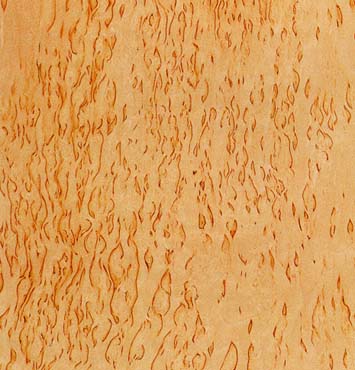
Birch
(Betula papyrifera)
Type : Burl
Local/Other Names : American Birch, Paper Birch, Yellow Birch
Origin : Canada and Eastern USA
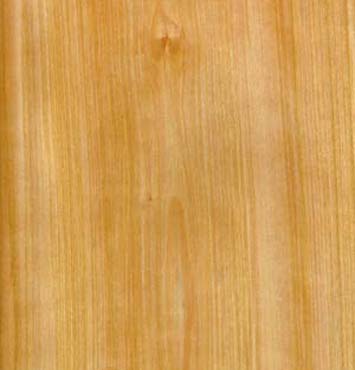
Birch
(Betula papyrifera)
Type : Burl
Local/Other Names : American Birch, Paper Birch, Yellow Birch
Origin : Canada and Eastern USA
Comments : Natural Birch is the mixed sapwood and heartwood of the Paper Birch Tree
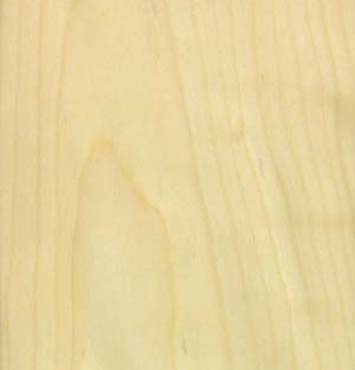
Birch
(Betula papyrifera)
Type : Burl
Local/Other Names : American Birch, Paper Birch, Yellow Birch
Origin : Canada and Eastern USA
Comments : White Birch is the sapwood of the Paper Birch Tree

Birch
(Betula papyrifera)
Type : Burl
Local/Other Names : American Birch, Paper Birch, Yellow Birch
Origin : Canada and Eastern USA
Comments : Red Birch is the heartwood of the Paper Birch Tree
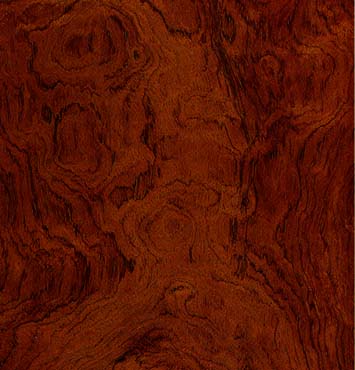
Bubinga
(Guibourtia demeusei)
Type : Flat Cut
Local/Other Names : African Rosewood, Kevazingo
Origin : Cameroon and Gabon
Comments : Kevazingo is the name used when rotary cutting Bubinga

Camphor Burl
(Cinnamomum spp.)
Type : Burl
Local/Other Names : Cinnamon
Origin : Ceylon, China, Japan

Amburana Cearensis
(Flat Cut)
Type : Burl
Origin : Central and South America
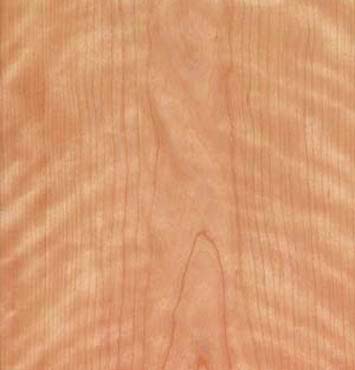
Cherry
(Prunus sertina)
Type : Figured
Local/Other Names : Black, Cherry, Wild Cherry
Origin : Canada and Eastern USA
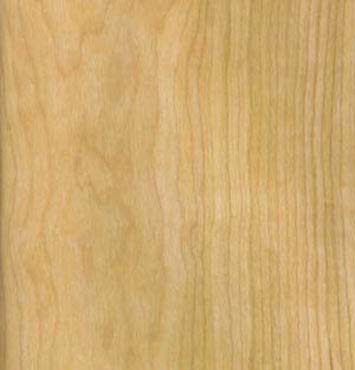
Cherry
(Prunus sertina)
Type : Flat Cut
Local/Other Names : Black, Cherry, Wild Cherry
Origin : Canada and Eastern USA
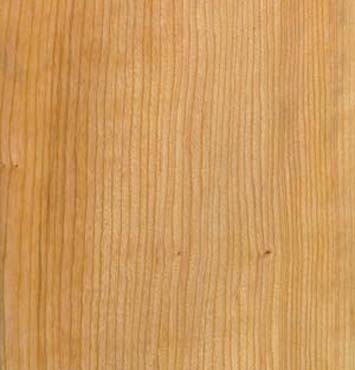
Cherry
(Prunus sertina)
Type : Quartered
Local/Other Names : Black, Cherry, Wild Cherry
Origin : Canada and Eastern USA

Chestnut
(Castanea sativa)
Type : Flat Cut
Origin : Europe

Ebony, Macassar
(Diospyros celebica)
Type : Quartered
Origin : Celebes Islands (Indonesia)
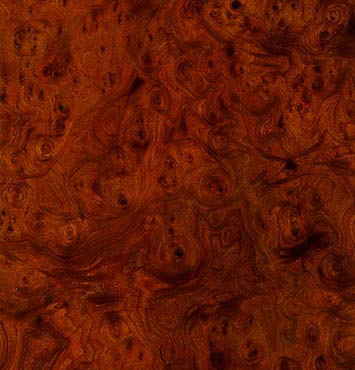
Carpathian Elm Burl
(Ulmus campestris)
Type : Burl
Origin : Carpathian mountains of Europe

English Sycamore
(Acer pseudoplatanus)
Type : Flat Cut
Local/Other Names : Plane
Origin : Central Europe and England
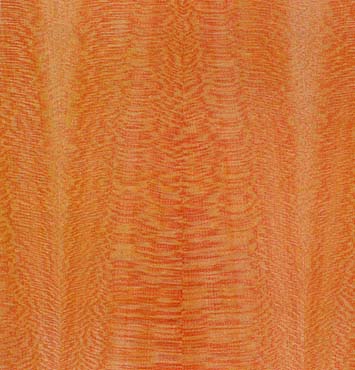
European Lacewood
(Platanus hybrida)
Type : Quartered
Local/Other Names : European Plane
Origin : Central Europe and England
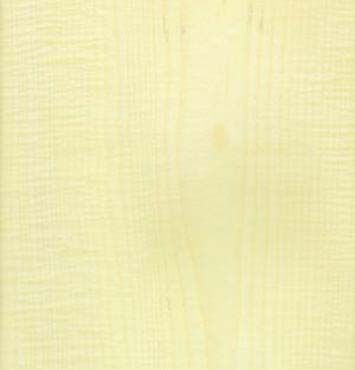
Harewood
(Acer psuedoplatanus)
Type : Flat Cut
Local/Other Names : Sycamore Plane
Comments : Treated to achieve grey color.
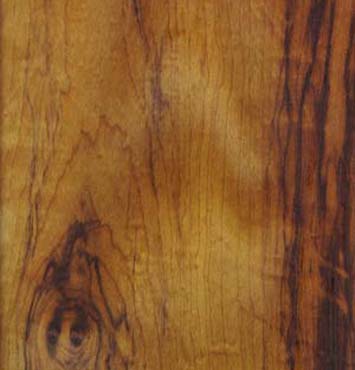
Imbuia
(Phoebe porosa)
Type : Flat Cut
Local/Other Names : Brazilian Walnut
Origin : Brazil

Ash, Japanese
(Fraxinus mandschurica)
Type : Quartered
Local/Other Names : Japanese Ash
Origin : South East Asia

Khaya
(Khaya ivorensis)
Type : Flat Cut
Local/Other Names : African Mahogany
Origin : Tropical Africa
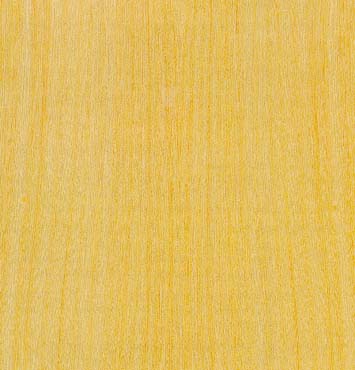
Koto
(Peterygota spp.)
Type : Quartered
Local/Other Names : African pterygota
Origin : West Africa

Austrailian Lacewood
(Cardwellia sublimis)
Type : Quartered
Local/Other Names : Silky Oak
Origin : Austrailia
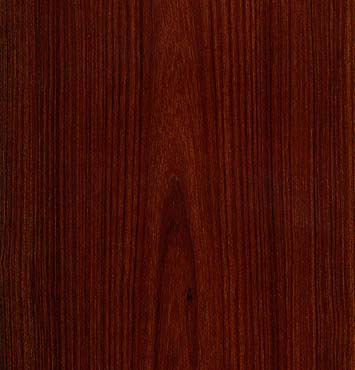
Louro Preto
(Nectandra mollis)
Type : Quartered
Local/Other Names : Canela
Origin : Brazil
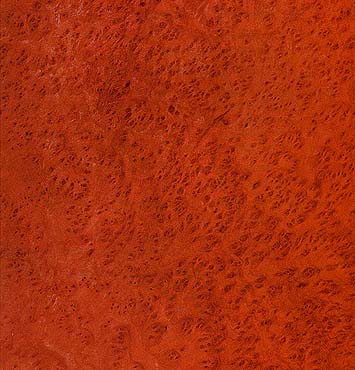
Madrone Burl
(Arbutus menziesii)
Type : Burl
Local/Other Names : Madrona, Madrono, Pacific Madrone
Origin : Canada and USA
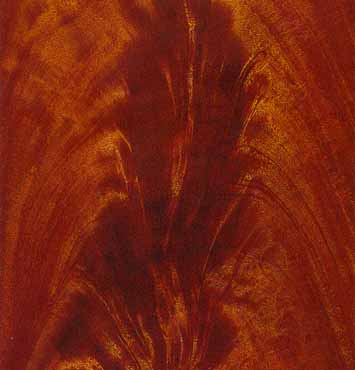
Crotch Mahogany
(Kyaya ivorensis)
Type : Crotch
Origin : Tropical Africa
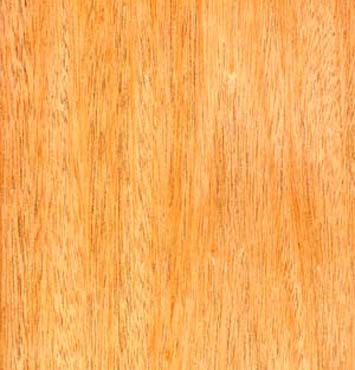
Honduras Mahogany
(Swietenia macrophylla)
Type : Flat Cut
Local/Other Names : Tropical Mahogany, Genuine Mahogany
Origin : Central and South America
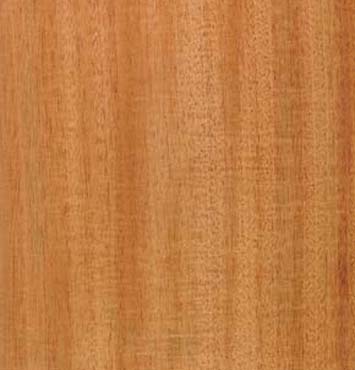
Honduras Mahogany
(Swietenia macrophylla)
Type : Quartered
Local/Other Names : Tropical Mahogany, Genuine Mahogany
Origin : Central and South America

Makore
(Tieghemella heckelii)
Type : Block Mottle
Local/Other Names : Baku
Origin : West Africa
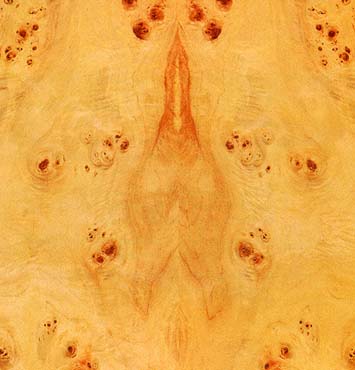
Mapa Burl
(Populus tremula)
Type : Burl
Origin : Central Europe
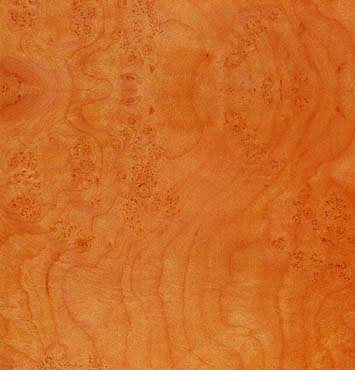
Maple Burl
(Acer saccharum)
Type : Burl
Local/Other Names : Hard Maple, Hard Rock Maple, White Maple
Origin : Canada and Eastern USA
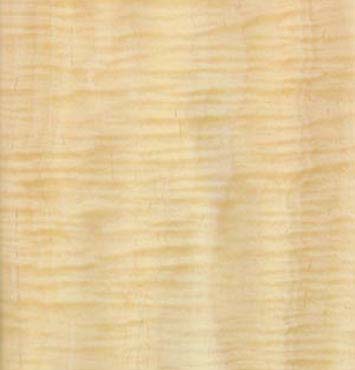
Maple Curly
(Acer saccharum)
Type : Curly
Local/Other Names : Hard Maple, Hard Rock Maple, White Maple
Origin : Canada and Eastern USA
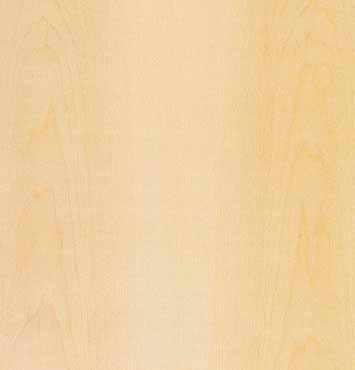
Maple
(Acer saccharum)
Type : Flat Cut
Local/Other Names : Hard Maple, Hard Rock Maple, White Maple
Origin : Canada and Eastern USA
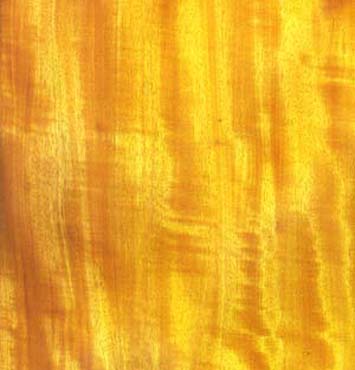
Movingue
(Distemonanthus benthamianus)
Type : Quartered
Local/Other Names : Anyaran, Nigerian Satinwood
Origin : West Africa
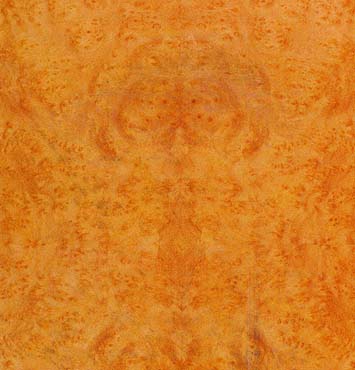
Myrtle
(Umbellularia californica)
Type : Burl
Local/Other Names : Acacia Burl
Origin : California USA
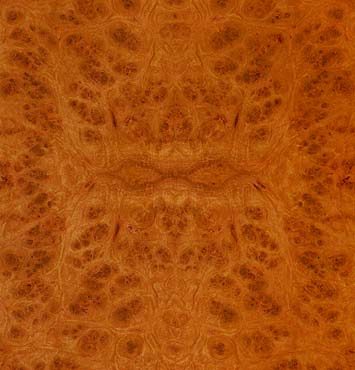
European Oak
(Quercus robur)
Type : Burl
Local/Other Names : French Oak, German Oak Etc.
Origin : All of Europe

Pine
(Pinus ssp.)
Type : Plain
Local/Other Names : Common Pine
Origin : Southeastern USA
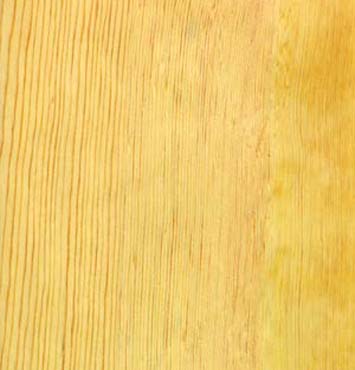
Ponderosa Pine
(Pinus palustris)
Type :Plain
Local/Other Names : Western White Pine
Origin : Pacific Northwest USA and Canada
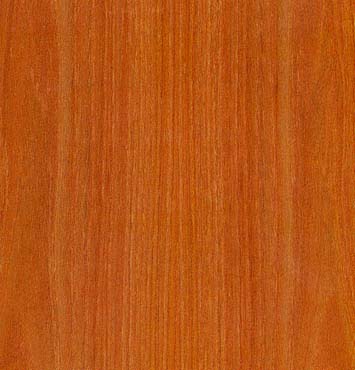
Red Elm
(Ulmus rubra)
Type : Plain
Local/Other Names : Soft Elm
Origin : USA and Canada
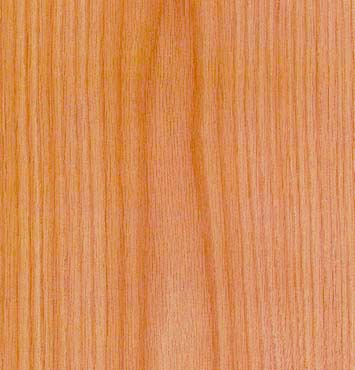
Red Oak
(Quercus spp.)
Type : Flat Cut
Origin : Eastern USA and Canada
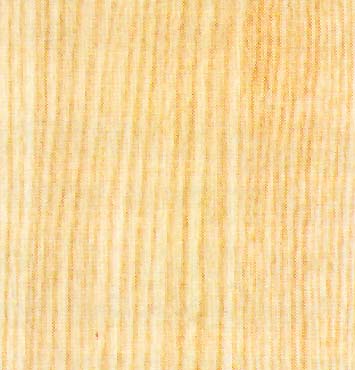
Red Oak
(Quercus spp.)
Type : Quartered
Origin : Eastern USA and Canada
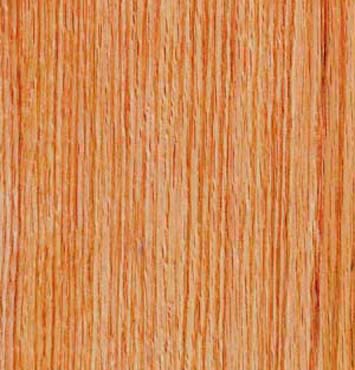
Red Oak
(Quercus spp.)
Type : Rift
Origin : Eastern USA and Canada

East Indian Rosewood
(Dalbergia latifolia)
Type : Quartered
Origin : India
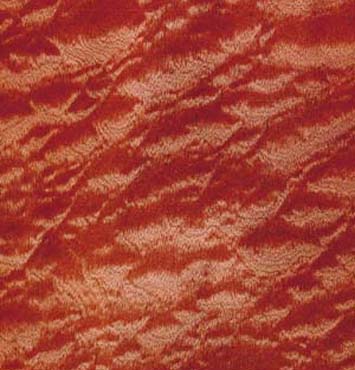
Sapele
(Entandrophragma cylindricum)
Type : Pommele
Local/Other Names : Sapelli
Origin : West and East Africa
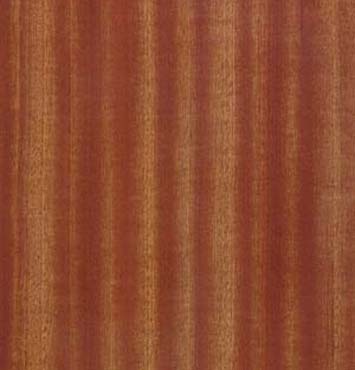
Sapele
(Entandrophragma cylindricum)
Type : Quartered
Local/Other Names : Sapelli
Origin : West and East Africa

Sassafras
(Sassafras albidum)
Type : Flat Cut
Local/Other Names : Golden Elm
Origin : Eastern USA
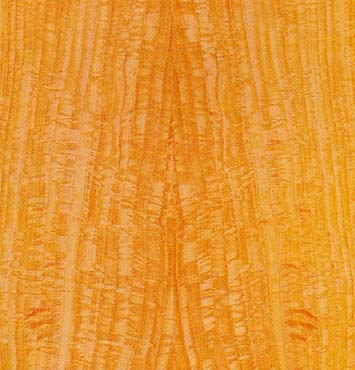
East Indian Satinwood
(Chloroxylon swietenia)
Type : Quartered
Local/Other Names : Ceylon Satinwood
Origin : Central and Southern India
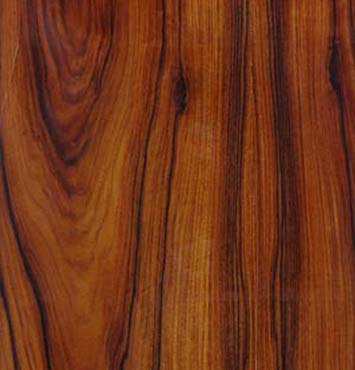
South American Rosewood
(Machaerium spp.)
Type : Flat Cut
Local/Other Names : Santos Rosewood, Pau Ferro
Origin : Brazil
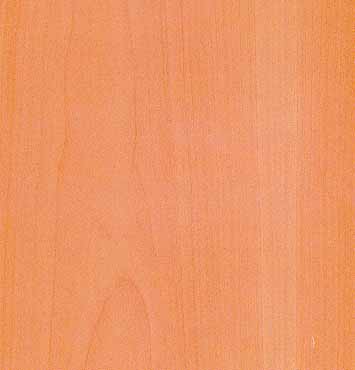
Swiss Pearwood
(Pyrus communis)
Type : Flat Cut
Origin : Europe and UK
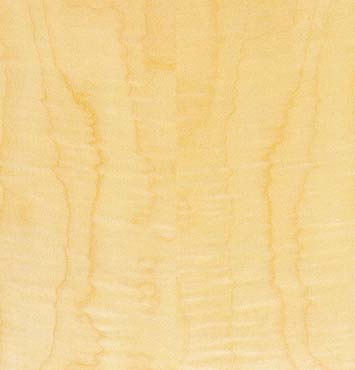
English Sycamore
(Acer psuedoplatanus)
Type : Figured
Local/Other Names : Sycamore Plane, Great maple
Origin : Eastern USA and Canada
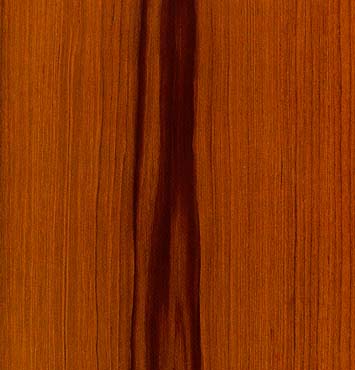
Teak
(Tectona grandis)
Type : Flat Cut
Origin : Burma, India, SE Asia

Honey Teak
(Tectona grandis)
Type : Flat Cut
Origin : Burma, India, SE Asia

Tulipwood
(Liriodendron tulipifera)
Type : Flat Cut
Local/Other Names : Yellow Poplar, Tuliptree
Origin : Eastern USA
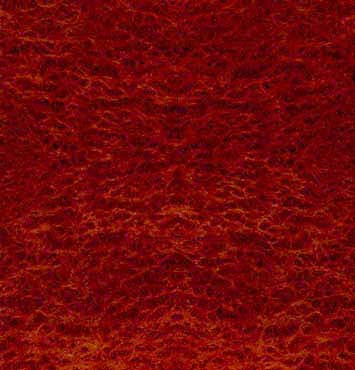
Vavona
(Sequoi sempervirens)
Type : Burl
Origin : North America
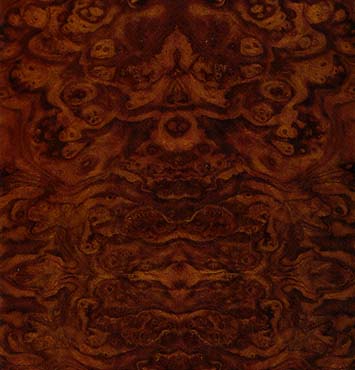
Walnut
(Junglans regin grafted to Juglans nigra)
Type : Burl
Local/Other Names : California Walnut Burl, Claro Walnut
Origin : Eastern USA and Southern Canada
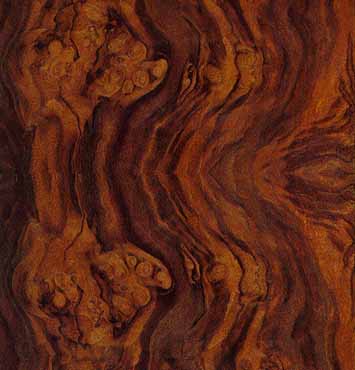
Walnut
(Junglans regin grafted to Juglans nigra)
Type : Burl
Local/Other Names : California Walnut Burl, Claro Walnut
Origin : Eastern USA and Southern Canada
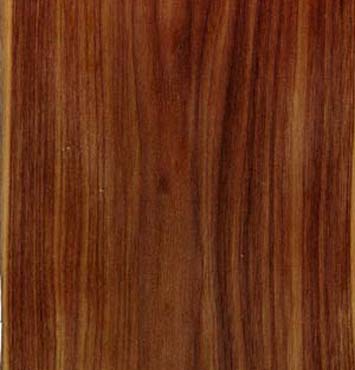
Walnut
(JJuglans nigra)
Type : Flat Cut
Local/Other Names : Black Walnut
Origin : Eastern USA and Southern Canada
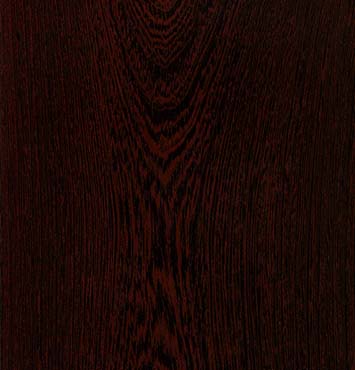
Wenge
(Millettia laurentii)
Type : Plain
Origin : Zarie, Cameroon, Gaboon
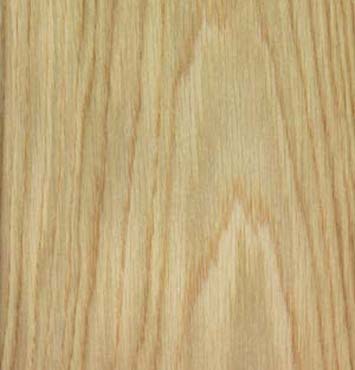
White Oak
(Quercus spp.)
Type : Flat Cut
Origin : Eastern USA and SE Canada

White Oak
(Quercus spp.)
Type : Quartered
Origin : Eastern USA and SE Canada

White Oak
(Quercus spp.)
Type : Rift
Local/Other Names : French Oak, German Oak Etc.
Origin : Eastern USA and SE Canada
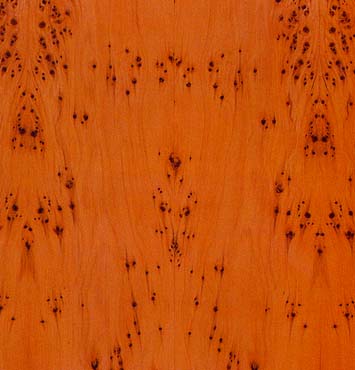
Yew
(Taxus baccata)
Type : Plain
Local/Other Names : English Yew
Origin : Europe and UK
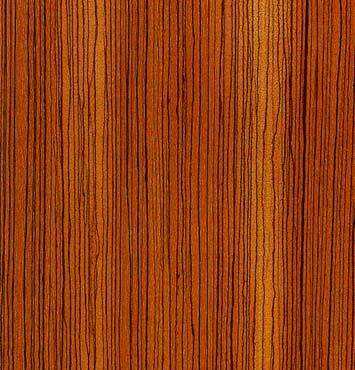
Zebrawood
(Microberlinia brazzavillensis)
Type : Quartered
Local/Other Names : Zebrano
Origin : West Africa

